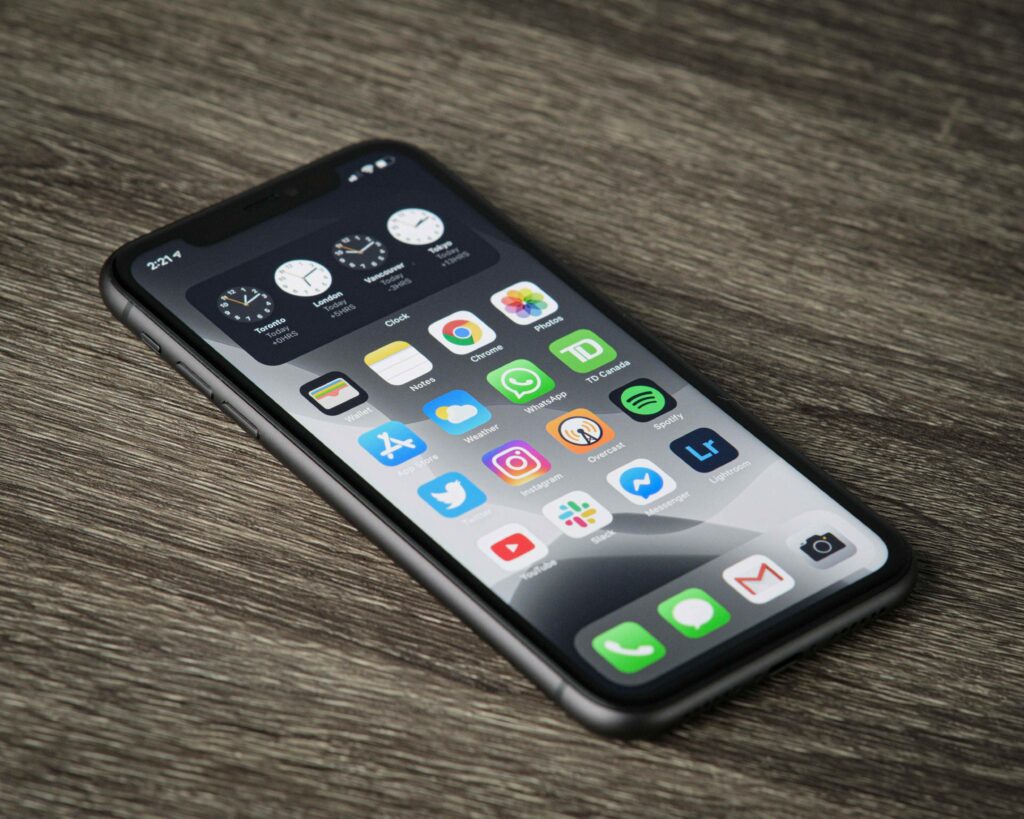Learn everything you need to know about mobile internet in Canada: international carriers, rates, pl...
Mobile Internet
Apple is positioning the iPhone 16 as its first AI-native device, powered by a new system-wide framework called Apple Intelligence. Built into iOS 18, these features aim to make the phone more useful, more personalized, and more private. But beneath the surface, it raises a familiar question: how much of this is meaningful innovation, and how much is carefully packaged hype?


Apple’s iPhone 16 , released on September 20, 2024, marks the company’s transition into AI-powered phones. Even though previous models, such as iPhone 15 Pro and 15 Pro Max, have the capability to support AI workloads - the iPhone 16 is the first iPhone created with the goal of running on Apple’s Artificial Intelligence “Apple Intelligence”.
But is this truly a turning point for the iPhone? Or are we looking at a familiar cycle of tightly packaged innovation and well-executed marketing? Here's what we know so far.
Introduced at WWDC 2024, Apple Intelligence is a foundational AI stack built into iOS 18, iPadOS 18, and macOS Sequoia. According to Apple, it “combines generative AI with personal context to deliver intelligence that’s useful and relevant”.
CEO Tim Cook described it as a leap that unites advanced AI with context-aware features; all the while protecting the users’ privacy.
While Apple introduced some AI-adjacent tools in previous models, the iPhone 16 is the first to support Apple Intelligence in full. That’s largely due to its A18 chip, which features a 16-core Neural Engine capable of 35 trillion operations per second. It’s the only iPhone, as of now, that fully meets Apple’s system requirements for these features.
This hardware-software alignment allows Apple to tightly control the AI experience; something that will seemingly become the flagship of future iPhone models.
Apple isn’t just adding AI features to the iPhone 16 but trying to make you rethink how you interact with the device. From writing emails to generating custom images, Apple Intelligence introduces tools that will help you improve your daily workflows.
Here are some of the standout features that make the iPhone 16 Apple’s first truly AI-native phone:
Apple’s entrance into AI-first phones comes after competitors like Google and Samsung have already introduced models with AI capabilities.
Google’s Pixel devices feature the Gemini assistant and offer tools like “Help Me Write” and real-time call summarization. Samsung’s Galaxy AI includes Circle to Search and multilingual translation on the fly.
Apple’s approach is more tightly integrated, but arguably more cautious. Instead of showcasing AI through standalone features, Apple Intelligence is designed to work across the system. And while competitors rely heavily on cloud infrastructure, Apple is emphasizing on-device processing and user privacy.
CEO Tim Cook recently stated in a rare all-hands meeting: “We’ve rarely been first. There was a PC before the Mac; there was a smartphone before the iPhone… We’ve rarely been first”.
But Cook emphasizes that, despite being late to the talk, AI is now up for grabs, and Apple is committed to rolling out models that incorporate it differently from the competition.
While it remains to be seen just how well the new capabilities will perform, the question that presents itself is whether you really need them.
The integration of Apple Intelligence is thoughtful, and for those who rely heavily on writing, messaging, and productivity apps, the new tools offer clear value.
However, for others, especially those already using an iPhone 15 or 14, the question becomes one of timing. Many of the AI features are still in early stages or rolling out in phases. And while the A18 chip enables on-device processing, not all tasks justify the upgrade in performance or price just yet.
If you're coming from an older device (iPhone 12 or earlier) the iPhone 16 delivers the full package: better battery life, improved cameras, and now, native AI integration. But if you're looking at the AI tools alone as the reason to upgrade, it may be worth watching how Apple Intelligence evolves over the next few iOS updates.
The iPhone 16 signals a shift in how Apple wants users to think about the iPhone. It’s no longer just about photography or industrial design. With Apple Intelligence, Apple is signaling a broader ambition: to turn the iPhone into a context-aware, semi-autonomous assistant.
Apple executives like Craig Federighi and Greg Joswiak have confirmed that more investment is coming. Behind the scenes, the company is acquiring AI startups and investing in infrastructure designed to compete with Google, OpenAI, and Microsoft’s growing lead in the space.
At present, the iPhone 16 stands as Apple’s first comprehensive step into AI-native smartphones. Its value lies as much in laying the groundwork for future capabilities as in what it delivers today. The real test will be whether Apple Intelligence matures into an indispensable part of the user experience.
Looking ahead, the iPhone 17 will almost certainly build on this foundation, likely expanding AI features, improving on-device processing, and deepening integration across Apple’s ecosystem. For buyers weighing an upgrade now, the decision comes down to whether they want early access to Apple Intelligence or prefer to wait and see how the technology evolves in next year’s hardware and software cycle.

